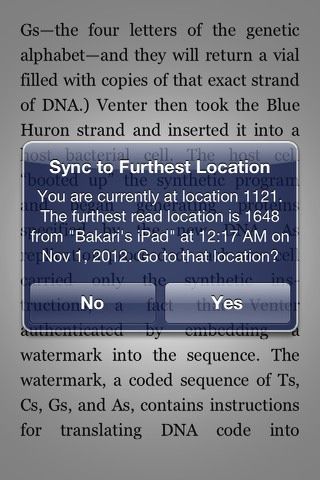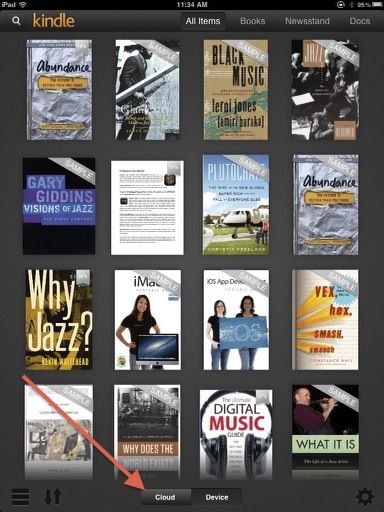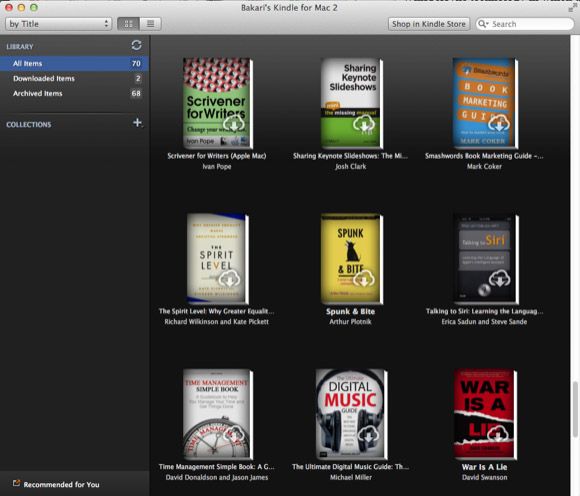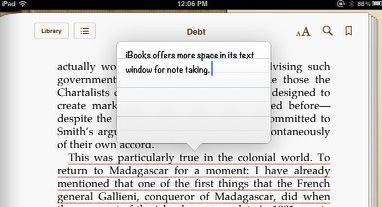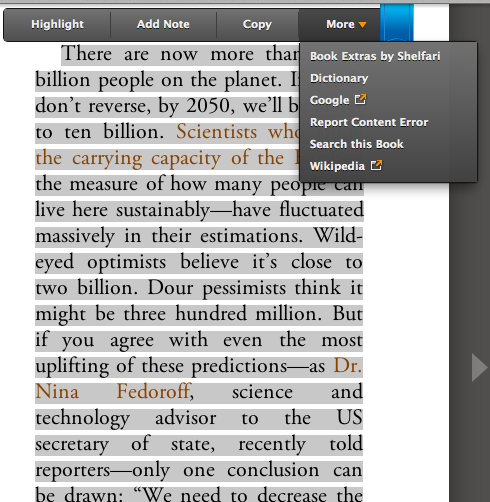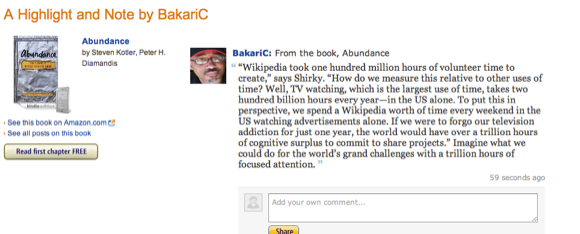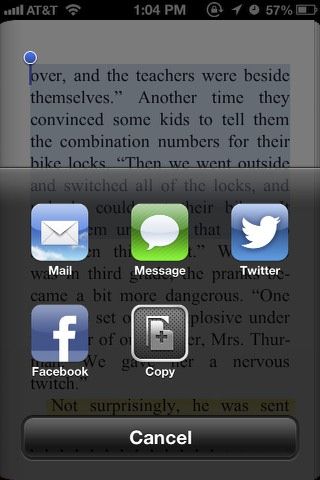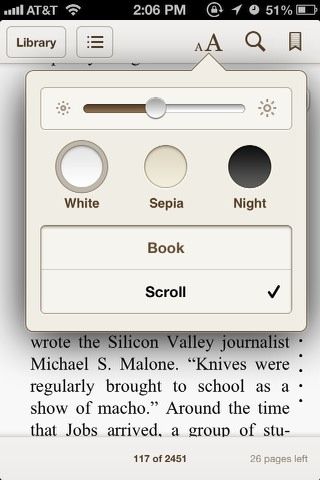Whatever criticism is being made about the latest iPad mini, many users like myself will be using it as their main e-reading and e-book device. And two of the leading iOS e-reader apps–Kindle for the iPad and iBooks 3–both offer some updated features you should know about if you're an avid reader and use the iPad.
Both e-readers have similarities and huge differences for different types of readers and ebooks, but because they work well on the same device, there's no reason not to take advantage of both apps as you build your e-book library. MUO writer, Yaara Lancet introduced over a year ago many of the basic features of both e-reader apps.
This article will describe the important updates in the areas of social network sharing, annotation tools, and syncing purchased ebooks between devices.
Sharing eBooks Between Devices
Downloading ebooks to the Kindle or iBooks is pretty straight forward, but many of us iOS users have two or more devices in which we might use to read or access our ebooks. In this regard both readers make use of what is called Whispersync technology in which the last page you read in an ebook on one device can be updated to that page on another of your iOS devices. So while I read most of my ebooks on my iPad, I will also read them on my iPhone while standing in line or waiting for an appointment.
Both e-readers also now have cloud sharing so that all your purchased Kindle and iBooks will appear in their respective apps on all your iOS devices. To gain back space on your device, you can archive books to your Kindle and iBooks accounts and re-download them when needed.
Both e-readers work on all iOS devices, but as of now only Amazon provides an Kindle e-reader for the Mac and PC (see screenshot below.) While you may not often read books on your computer, this Kindle app does provide a great way to access your annotations, which I will discussion later.
Annotation Features
Both e-readers offer annotations tools that we non-fiction readers and students will want to take advantage of. Both e-readers include highlighting, bookmarking, and note taking tools. In the latest Kindle update, highlighting finally requires no tapping. When you want to highlight a passage, you press down your index finger at the start of where you want to begin the highlight, and then drag across the passage to make the highlight. You do the same in iBooks. And the annotations you make also get shared between devices.
However, in terms of highlighting, iBooks (see above screenshot) allows you to make highlights in more than the default yellow, and it includes an underlining tool, which is absent in the Kindle reader.
You can also easily bookmark pages in both e-readers by tapping on the upper-right corner of a page. The note taking feature in iBooks however is better than in the Kindle app. The text box is bigger providing more space for longer notes, or copied and pasted text.
The biggest difference in features for both readers however is how you can access annotations. The Kindle app provides a small window to view notes and highlights. Whereas an entire page is devoted to annotations in iBooks. There are even separate sections for Bookmarks and Notes, making them easier to review. You notes get highlighted in a different color for easier viewing.
However, if you're conducting heavy research rather than casual reading, the Kindle for the Mac that I referenced above provides more features for accessing and reviewing your annotations. You can copy passages from your Kindle books and paste the text in other applications, as well add additional highlights and notes.
Note: you can copy highlighted passages directly in iBooks books, which can't be done in the Kindle iOS app, but when you paste the passage you also get source information for the copied passage. This is okay if needed; but if you don't, it means selecting and deleting that text each time you paste copied passages.
You can also access your Kindle notes and highlights in your Kindle Amazon account via a web browser, which also enables you to copy text from that space. This feature is not available for iBooks books. (Note however publishers may set limits on how much highlighted text you can access in your Kindle account.)
Social Network Sharing
With both apps, you can now share selected passages from books you're reading. In the Kindle app, your shared passages are linked in a Twitter or Facebook post. The passage links will take readers to your Kindle page where they can read the entire highlighted passage, and in turn they can add a comment to your shared passage.
Your Kindle page will also include a link to not only the first chapter of that book, but also to posts and other highlights made by other readers of the same book. These features are really great for avid readers and book clubs. It's too bad that Amazon doesn't promote these features more.
As for iBooks, passages can also be shared via email and Messages, as well as to Twitter and Facebook. With email, the entire passage is copied and pasted. With the social networks, your passages get truncated, and readers are simply linked to the iTunes Preview webpage, and/or the iTunes Book Store where the source book is sold.
(Note: the sharing feature in iBooks is only available in iOS 6, so if you're still using the iPad 1, that feature will be missing.)
Other Features
As with previous versions of each app, Kindle and iBooks both have search and dictionary features. There was also a text-to-speech feature in iBooks, but it looks as if it was removed in the iBooks 3 version. PDFs can also be imported into both readers, and you can change the font styling in both.
In iBooks 3, there's a new Scrolling feature option (Font icon > Themes > Scroll) that enables you to scroll down pages rather than "turn" them. Additionally, both readers still include features for night reading and brightness controls.
Personally, I keep both readers on my iOS devices, though I primarily download Kindle books because they are more accessible and usually cheaper. However, for heavy annotating iBooks may be the best option because of the tools it provides.
So which of these apps do you mainly use? What other features not mentioned in this article do you like?
For other iOS e-reader related articles, check out these:


